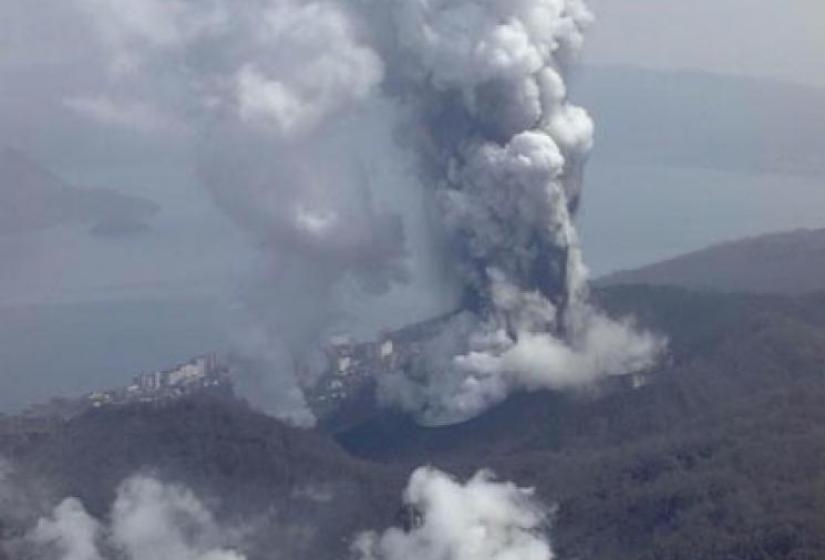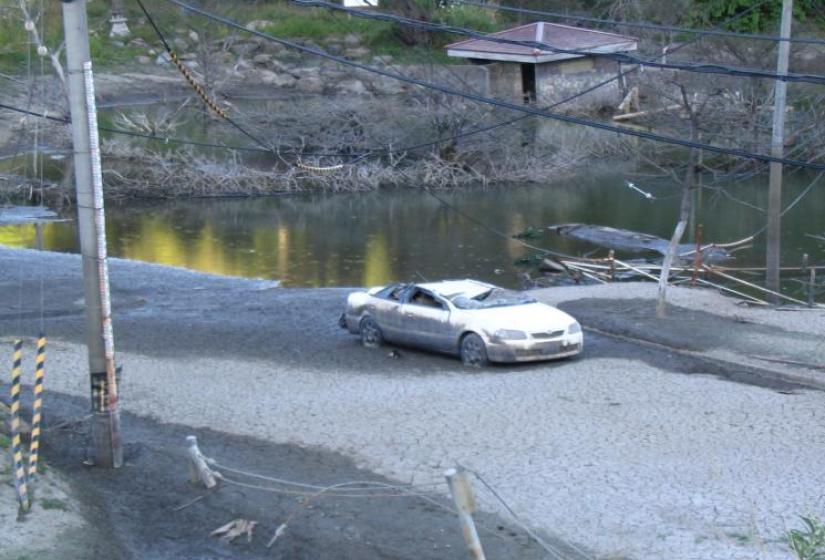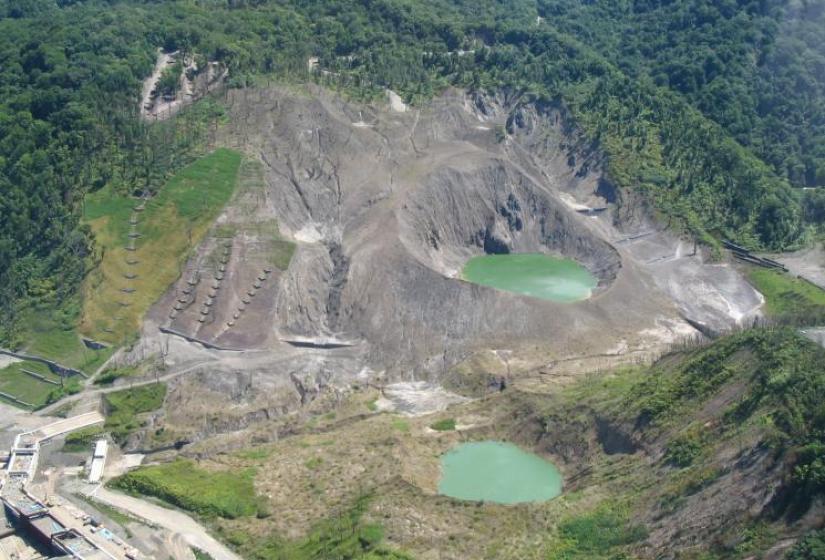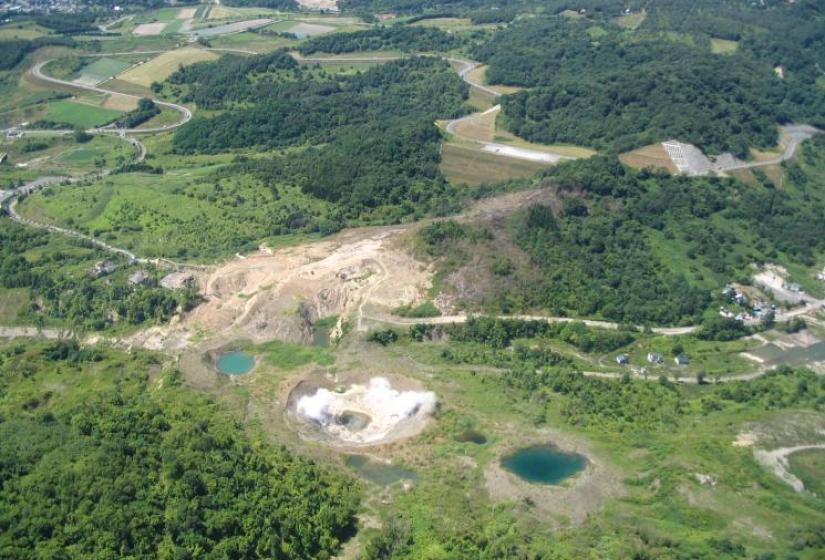Run from the hills, run for your lives
There are currently 108 active volcanoes in Japan (ten percent of the world’s total). On average eruptions or abnormal phenomena are observed at 10 volcanoes a year in Japan. In Japan an active volcano is defined as “volcanoes which have erupted within 10,000 years or volcanoes with vigorous volcanic gas and water vapor releases.” In Hokkaido 19 volcanoes fit that description and there have been 16 large-scale eruptions in the last 350 years (3 were of an equal scale to the 1980 Mt Saint Helens eruption). Closest to home is the Niseko volcanic group, which includes Nisekoannupuri (yes, you are skiing on an active volcano), Mt Yotei and Usu-zan.

Although classed as active, the Niseko group and Mt Yotei are at the bottom of the activity scale. Usu-zan however is right at the top. Situated on the shores of Lake Toya 50km south of Hirafu, Usu-zan is one of Hokkaido’s well-known volcanoes and one of the most active in Japan. There have been four eruptions in the last 100 years alone with the most recent taking place in 2000.

The March 2000 eruption created 50 new craters, caused mudflows, destroyed a national road, several buildings and forced the evacuation of over 13,000 residents from the surrounding area. While most were able to return to their homes within two weeks, 3,000 people from the Toyako Onsen township had to wait for more than 2 months in evacuation shelters before they could return.

Lake Toya is a popular stop on the domestic tourist trail. Highlights include onsen, a ropeway on Mount Usu and Showashinzan (a small lava dome that was created between 1944 and 1945). When Usu-zan erupted in 1977, visitor numbers to the area dropped by 60%. To revitalize tourism following the 1977 eruption the local community started a spring to autumn nightly fireworks display on the lake. This has been running since 1982 and has become a successful draw card to the area. Following the most recent eruption the local community decided to preserve the ruins and the area is now part of the Lake Toya and Usu Volcano Geopark.

I saw the 2000 eruption on local TV. It was major news on all stations. Plenty of live action from helicopters flying over the exploding craters and lots of expert opinions on the size of the boulders being hurled skywards. The township was closed, covered in ash and the local business leaders being interviewed looked mightily depressed.

The Lake Toya economy is heavily dependent on tourism and the eruption at the start of spring threatened the whole summer trade. In a desperate measure to declare the town safe again and generate business one of the major hotels offered a 5000jpy stay with buffet dinner and breakfast included. Lake Toya is one of my favourite places in Hokkaido so I jumped at the offer. With half the town closed and the mountain still fizzing I went down for the weekend to enjoy the onsen and buffet. The thing I remember the most about that weekend was finding a hard-hat and an evacuation map in my room. Errrr I thought this place was safe and I’m not quite sure how effective the hat is going to be at stopping those 3 tonne boulders I’d seen the experts talking about.

